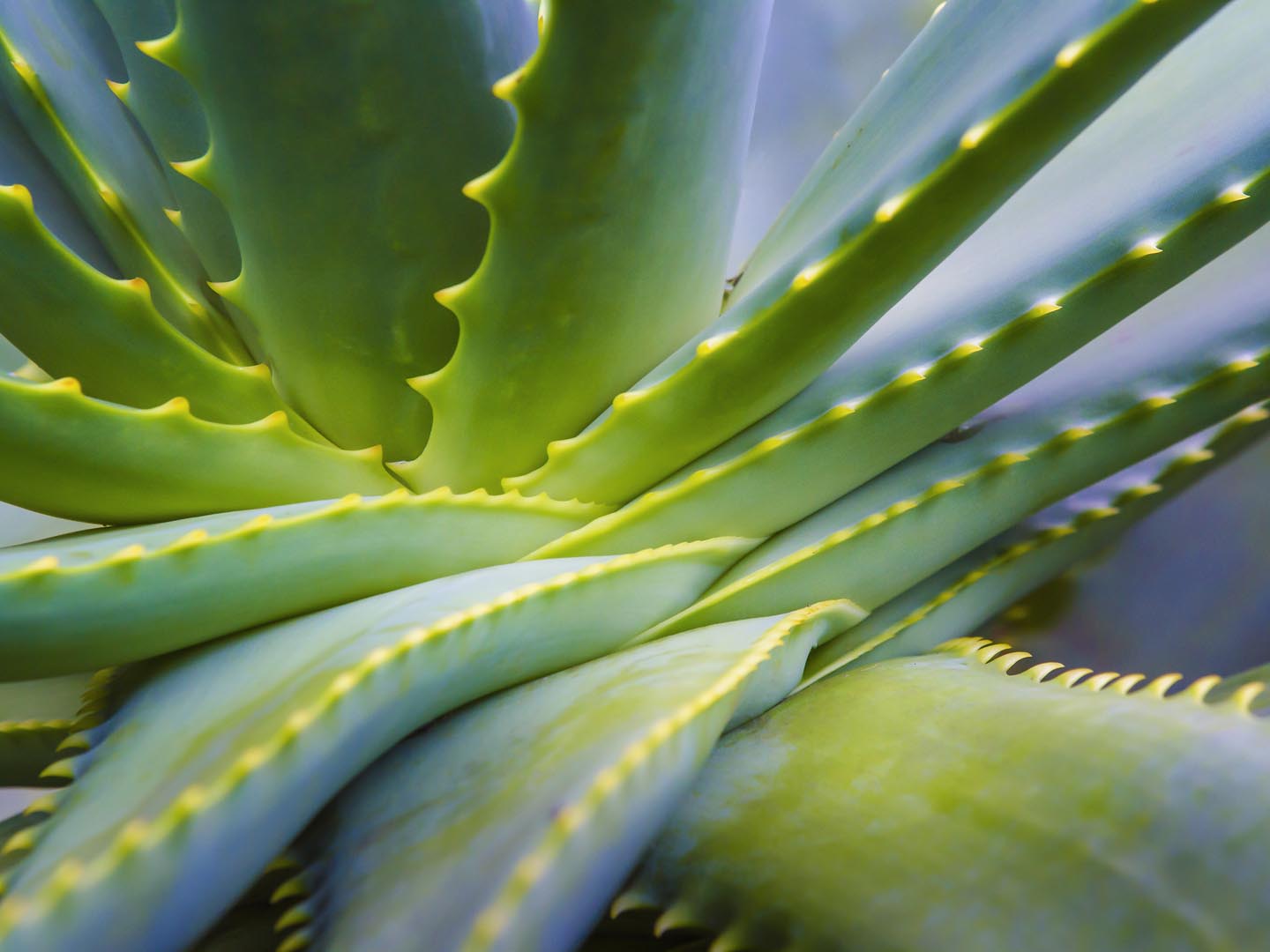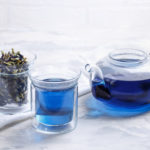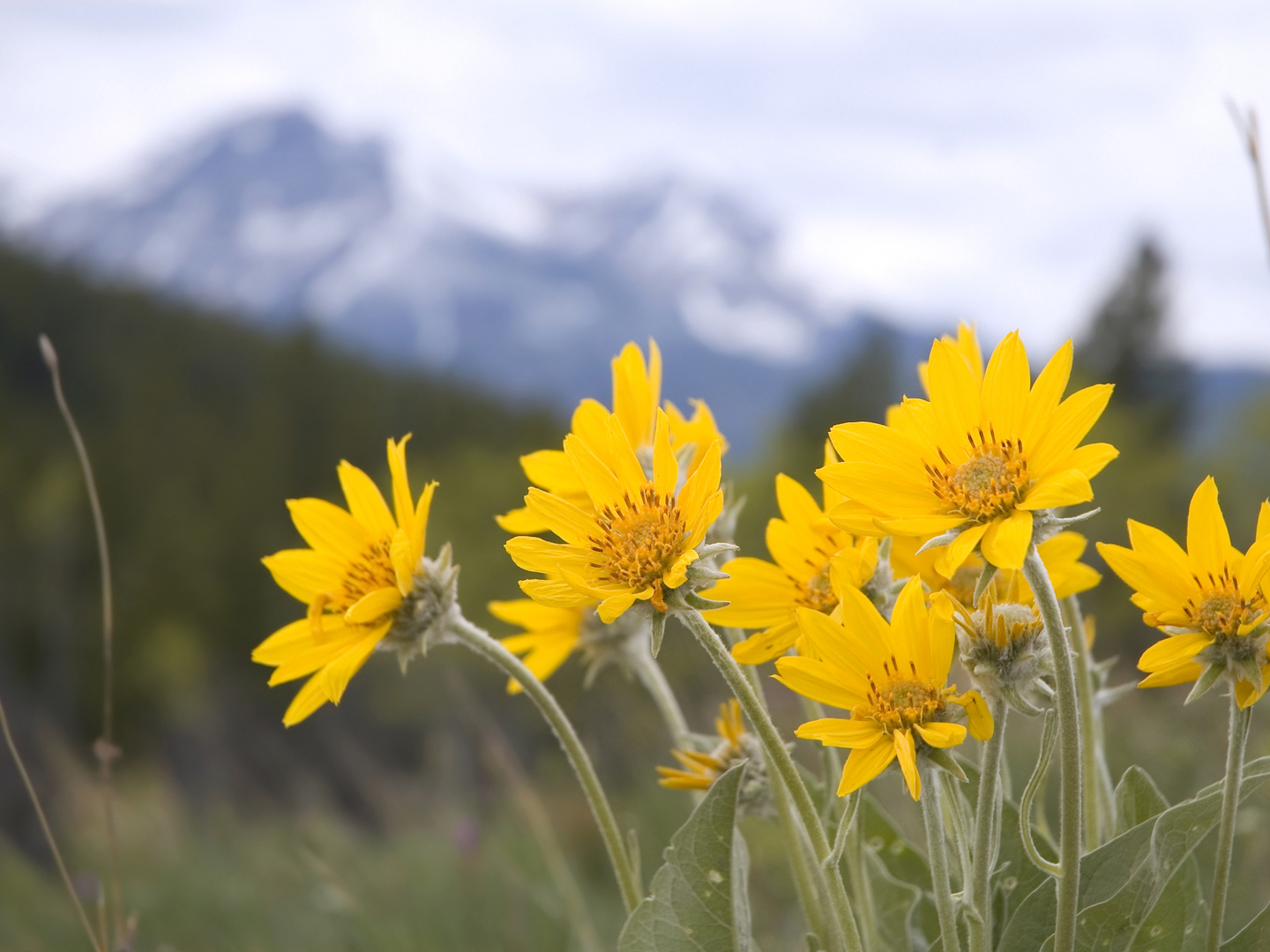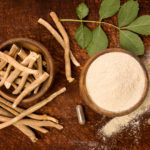Boswellia
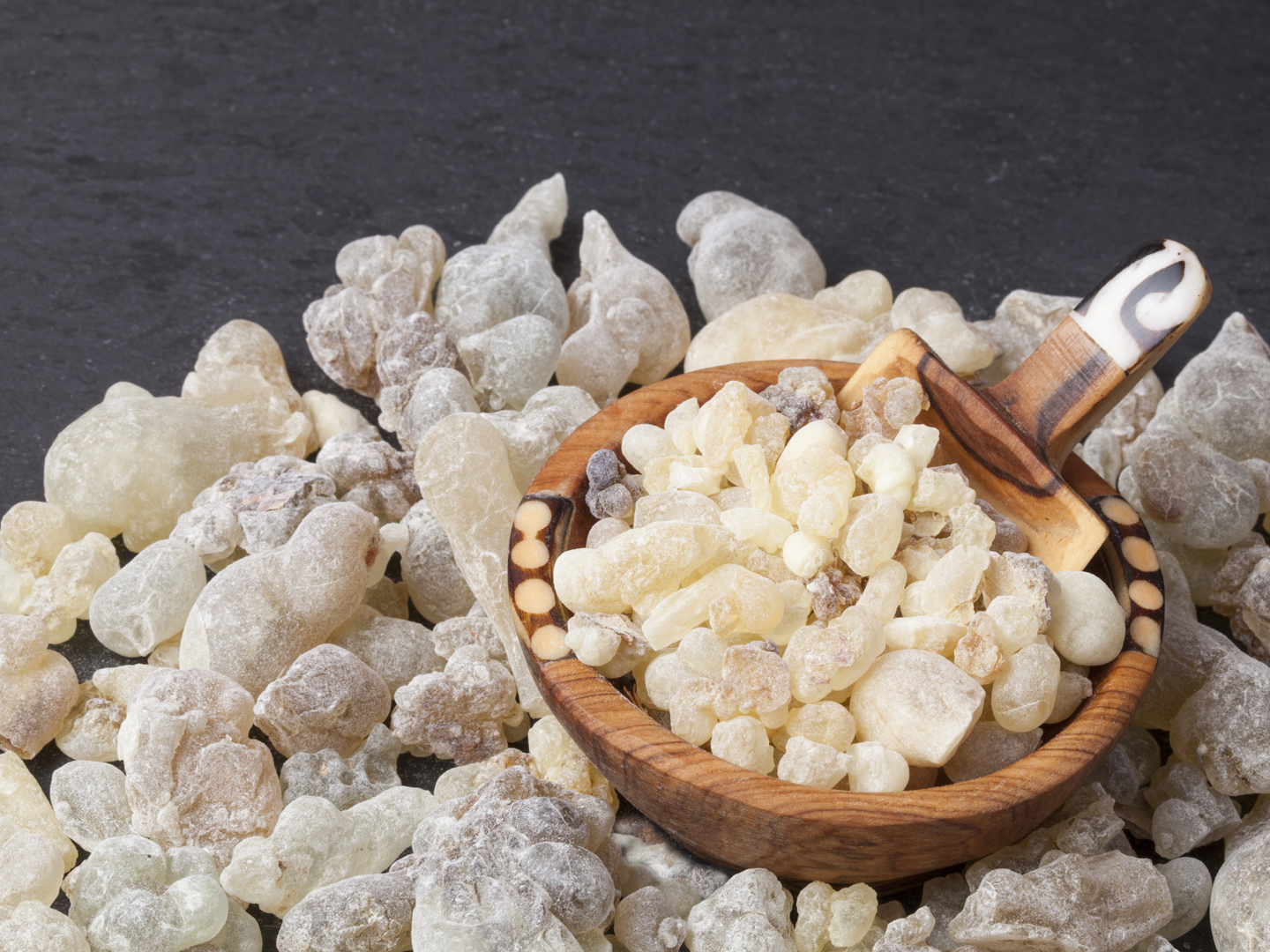
Boswellia serrata
Boswellia is a large branching tree native to India, Northern Africa, and the Middle East. The trunk is tapped for its resin, which is purified and used in herbal preparations. The resin, known as frankincense, has been used in religious and cultural ceremonies since antiquity. This resin, or gum, also contains the primary active components, boswellic acids, used in modern herbal preparations. Clinical trials have demonstrated that boswellic acids have anti-inflammatory action similar to that of nonsteroidal anti-inflammatory drugs (NSAIDS). However, unlike NSAIDS, long-term use of boswellia does not appear to lead to irritation or ulceration of the stomach.
Boswellia is used for:
Extracts of boswellia are most commonly used for chronic inflammatory ailments. In May of 2013, Natural Medicines Comprehensive Database (NMCD) indicated that boswellia extracts “can reduce pain and improve mobility in people with osteoarthritis in joints. Research shows that it might decrease joint pain by 32% to 65%.” A comprehensive 2011 overview of in vitro and animal studies found that boswellic acids inhibit the synthesis of pro-inflammatory enzymes, illustrating its usefulness as an anti-inflammatory agent.
Available in:
Standardized capsules or tablets.
Herb / drug interactions:
No well-known interactions exist.
Other safety concerns:
Avoid using when pregnant or breastfeeding.
When buying:
Look for standardized extracts that contain at least 37.5% boswellic acids, sometimes listed as boswellin.
Dosage for Boswellia:
Amounts taken should be based on the level of boswellic acids in the resin or extract. Extracts are typically standardized to contain 37.5 to 65 percent boswellic acids. Follow the directions on the package or as prescribed by a qualified healthcare practitioner.
Child dosage:
Suitable for children at one half the adult dosage.
Dr. Weil says:
Natural anti-inflammatory herbs, including turmeric, ginger, and boswellia may work as well as aspirin and ibuprofen for treating osteoarthritis. Follow package directions and give it at least two months before deciding if it is working for you.
SOURCES:
Abdel-Tawab M, Werz O, Schubert-Zsilavecz M. Boswellia serrata: an overall assessment of in vitro, preclinical, pharmacokinetic and clinical data. Clinical Pharmacokinetics. 2011 Jun;50(6):349-69Indian Frankincense. Natural Medicines Comprehensive Database Consumer version. Stockton, CA: Therapeutic Research Faculty, [Updated April 13, 2012, Reviewed May 4, 2013; Accessed January 19, 2014] http://naturaldatabaseconsumer.therapeuticresearch.com/nd/Search.aspx?cs=NONMP&s=NDC&pt=100&id=63&fs=NDC&searchid=44756492
M. Z. Siddiqui. Boswellia Serrata, A Potential Anti-inflammatory Agent: An Overview. Indian J Pharm Sci. 2011 May-Jun; 73(3): 255–261.
Safayhi H, Sailer ER, Amnon HPT. 5-lipoxygenase inhibition by acetyl-11-keto-b-boswellic acid. Phytomed 1996; 3:71-2.
Reviewed by Tieraona Low Dog, M.D., March 19th, 2014.






